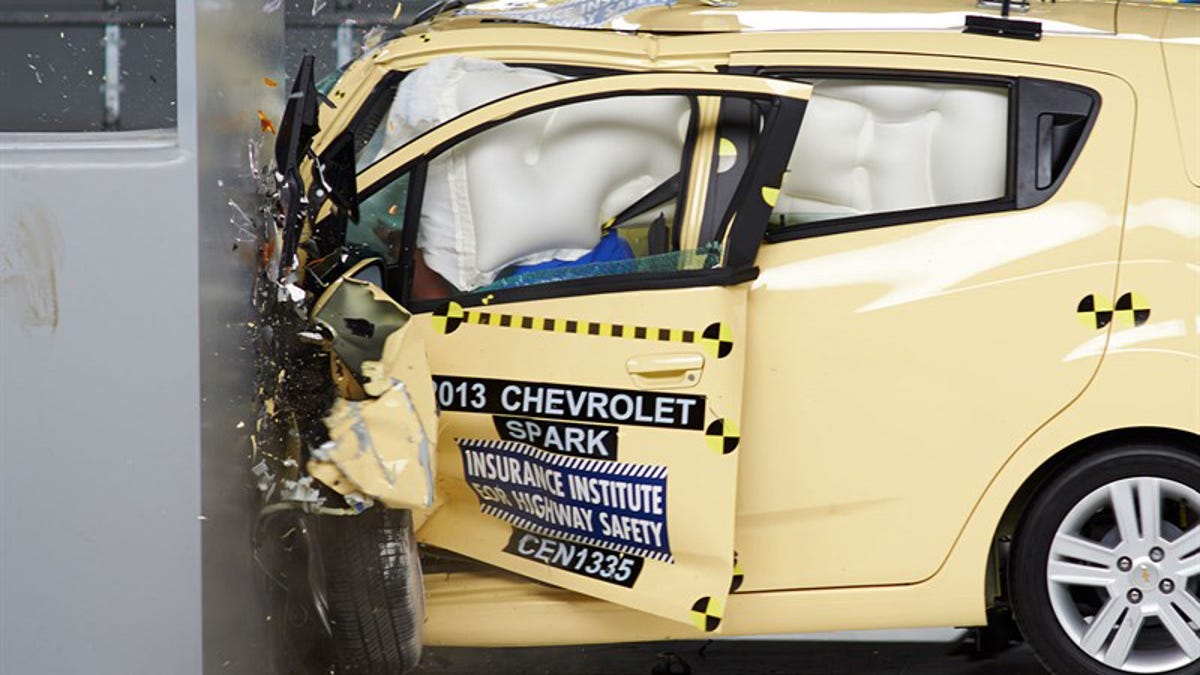NHTSA gears up to make our roads even safer in the future
Starting with the 2019 model year, the feds will add new tests and new testing procedures, pending public approval.
When you see a crash rating on a new car's window sticker, that's a result of hard work from the folks at the National Highway Traffic Safety Administration (NHTSA). Trouble is, the automotive industry moves just a bit faster than government does, so many newfangled technologies aren't yet taken into account. That's about to change, though.
These changes not only cover recently introduced technologies, but they stand to reinvent whole parts of the crash-testing process. "The changes provide more and better information to new-vehicle shoppers that will help accelerate the technology innovations that save lives," said Anthony Foxx, US Secretary of Transportation, in a statement.
NHTSA's ubiquitous five-star rating system will be revised to better account for active safety technology, including passenger safety (forward collision warning) and pedestrian safety (automatic braking when backing up). The government will also add half-star increments for more precise results. There will be additional scrutiny applied towards active safety systems that bolster crash avoidance, as well.
The feds will also add a new crash test, an oblique front crash test that sees how the vehicle reacts to an angled front-end collision. The front barrier crash test will also be improved to better gauge the safety of rear-seat occupants. Additionally, new tests will study head, leg and pelvic injuries sustained during an accident.
Speaking of injuries, NHTSA will also introduce new crash-test dummies. These 21st-century units will better utilize data gathered during accidents. Finally, the government will also improve the rate at which its programs are updated in the future, so that they don't have to slap 10 years' worth of innovations into a single, massive plan.
Now that the plan is out in the open, the government will spend the next two months gathering public comments. After that, it will announce its final decision on these planned changes, which is expected to happen by the end of 2016. The aforementioned alterations would be implemented in time for the 2019 model year.


